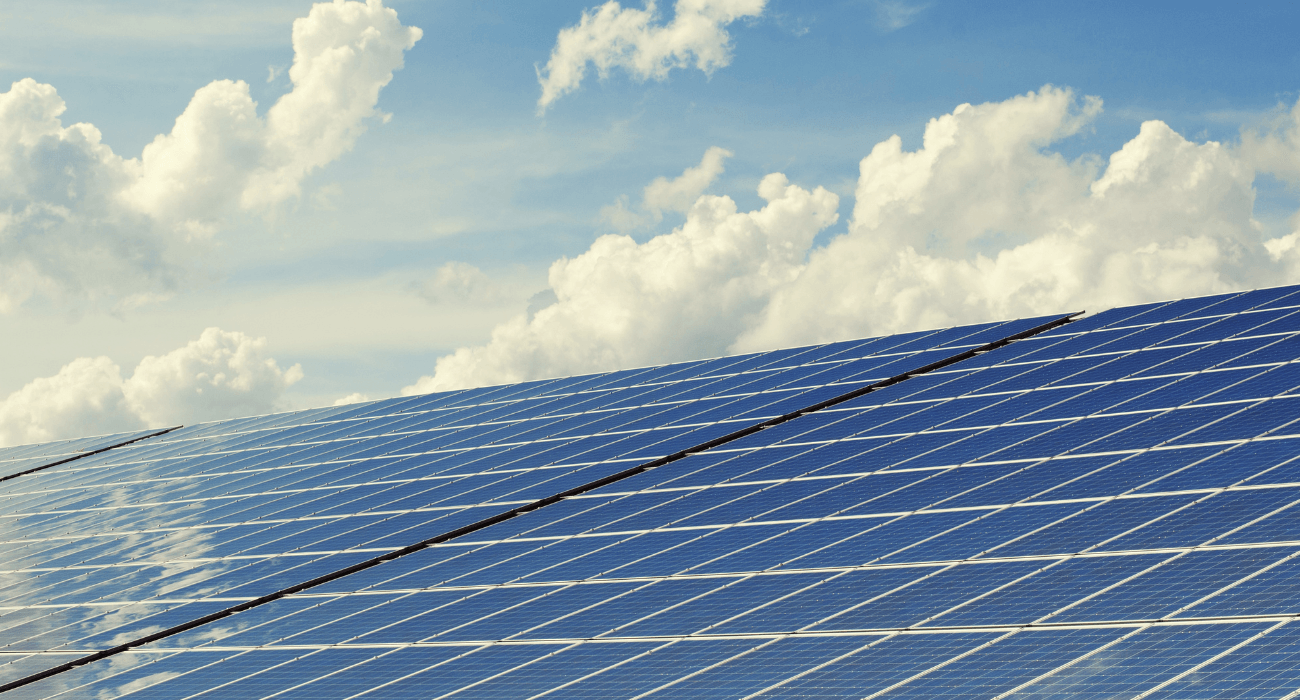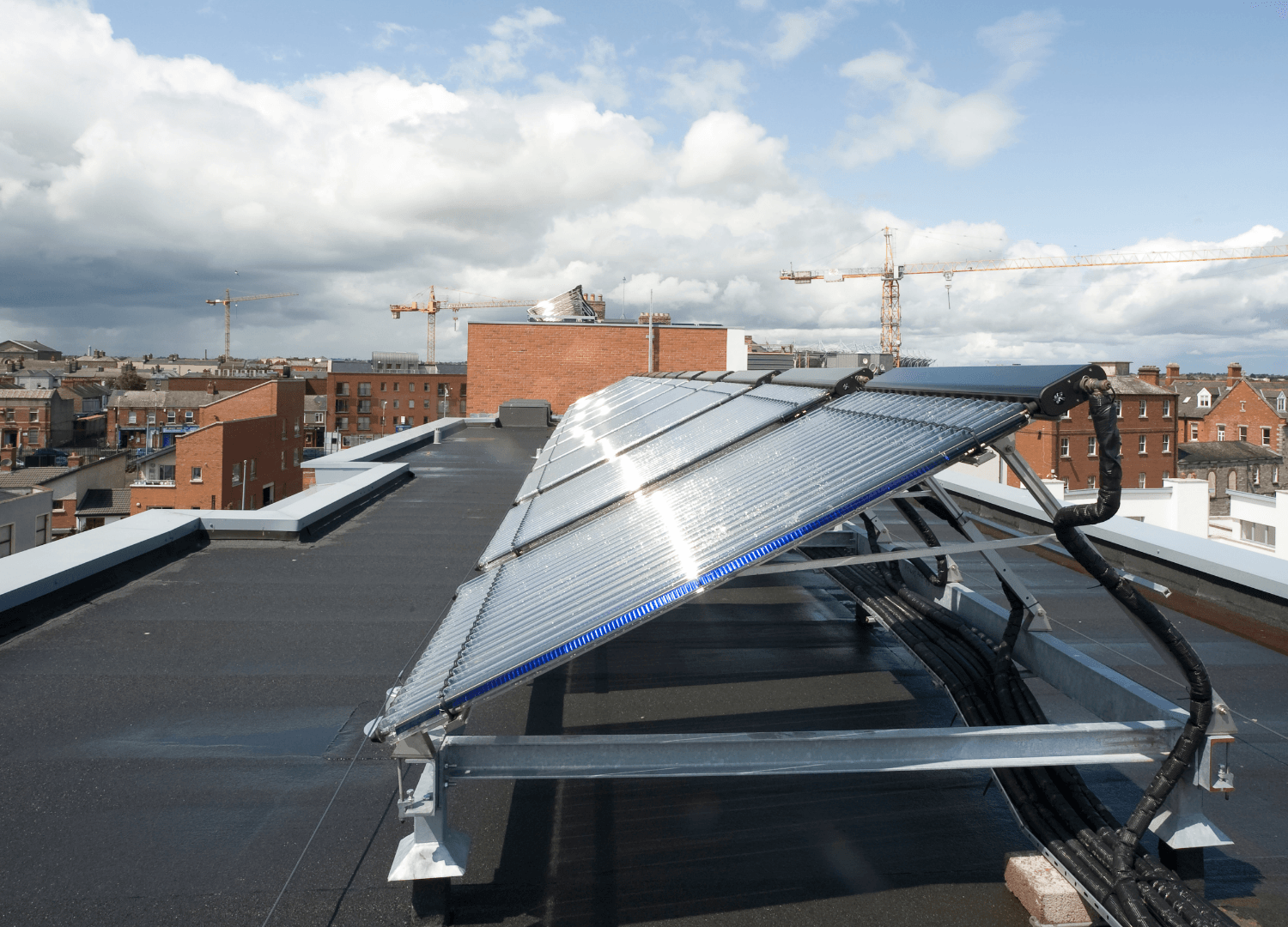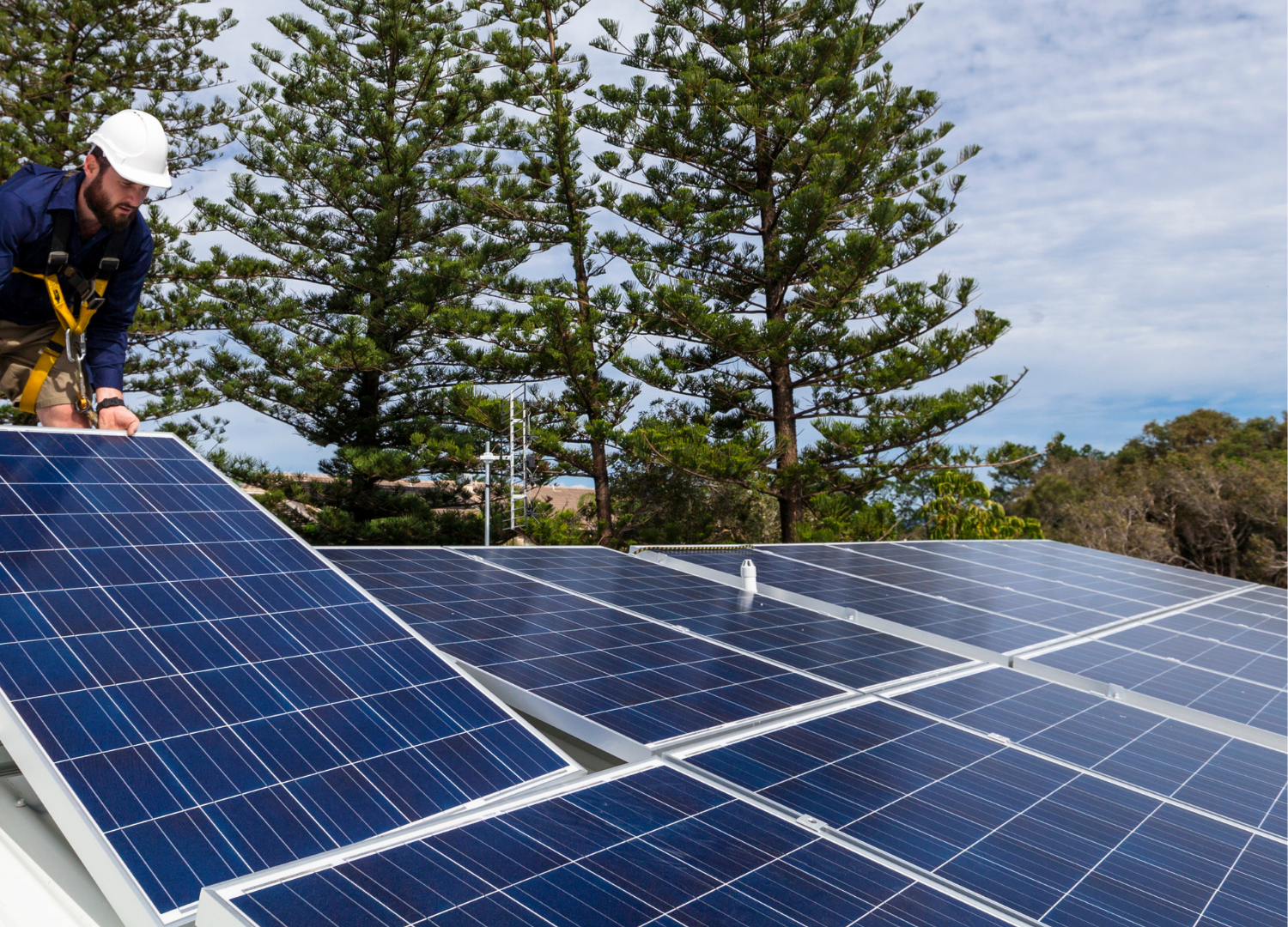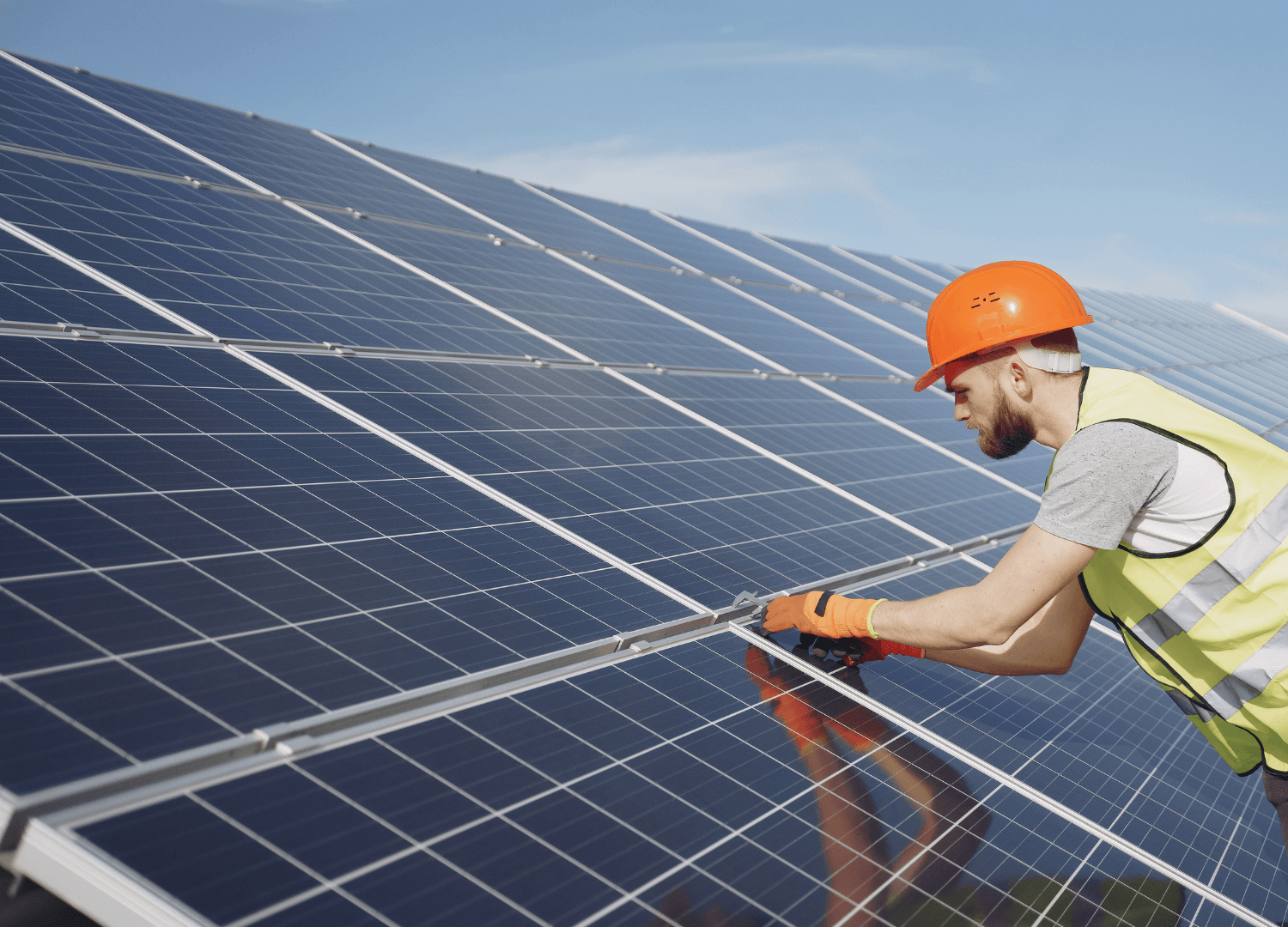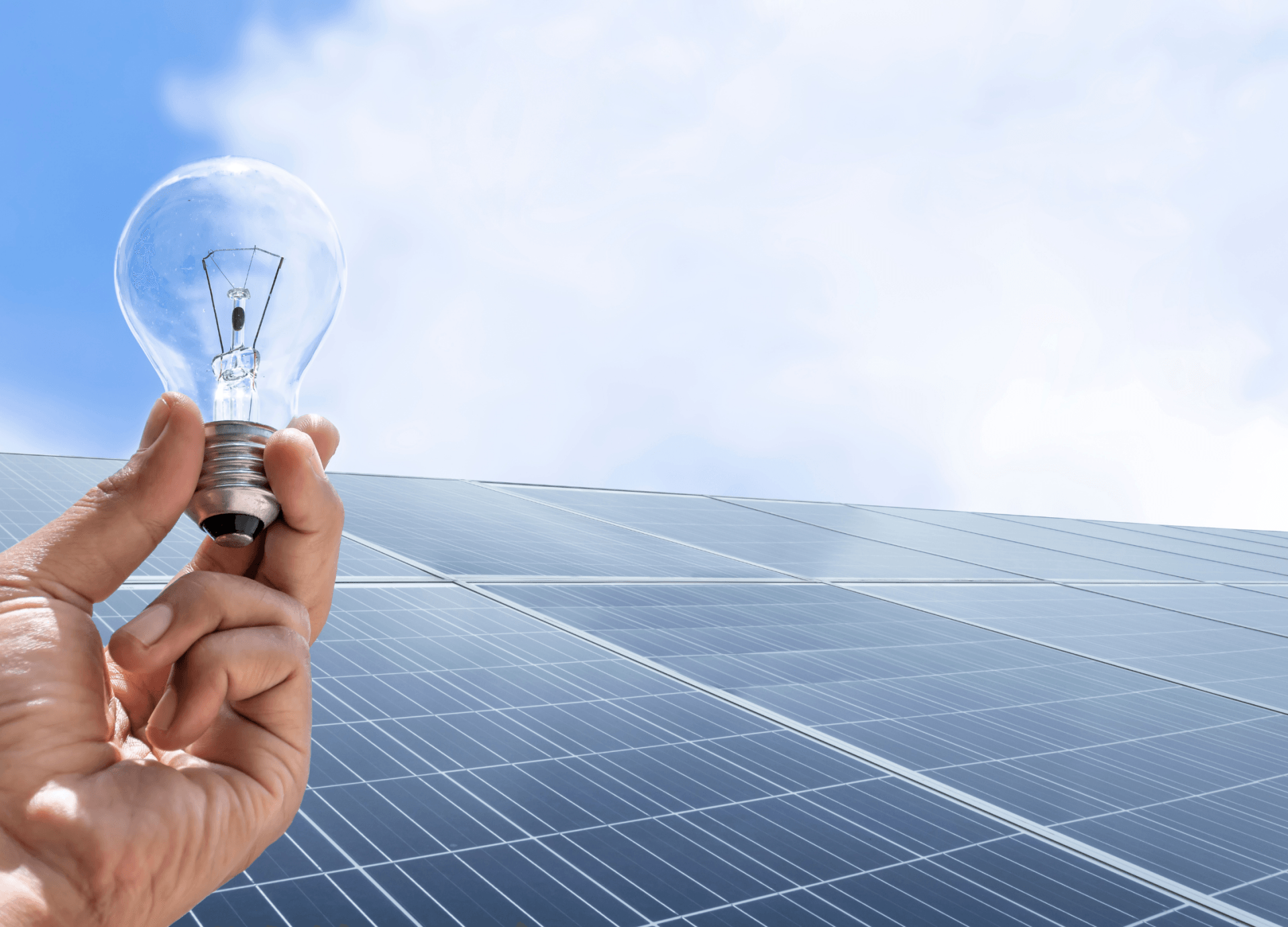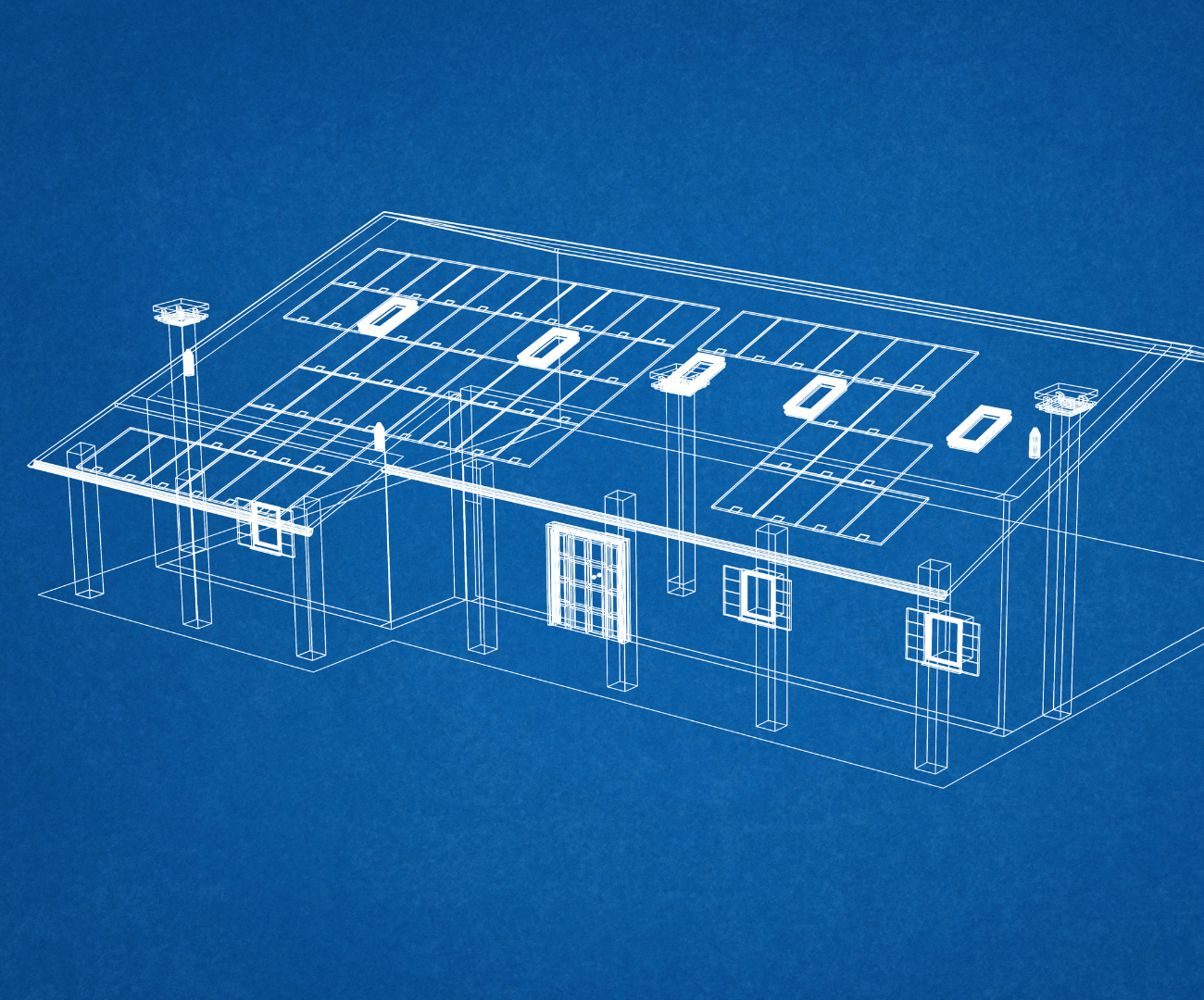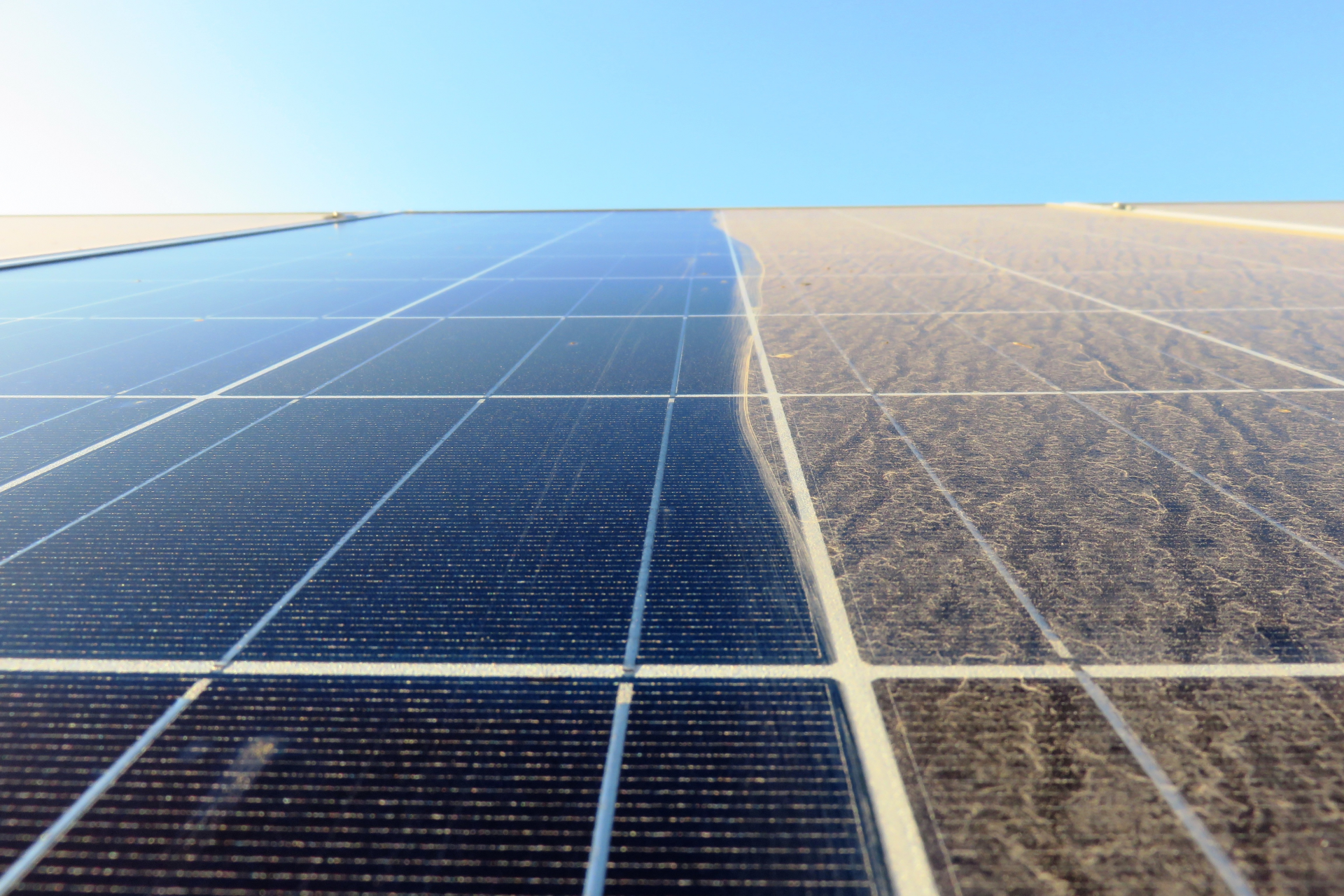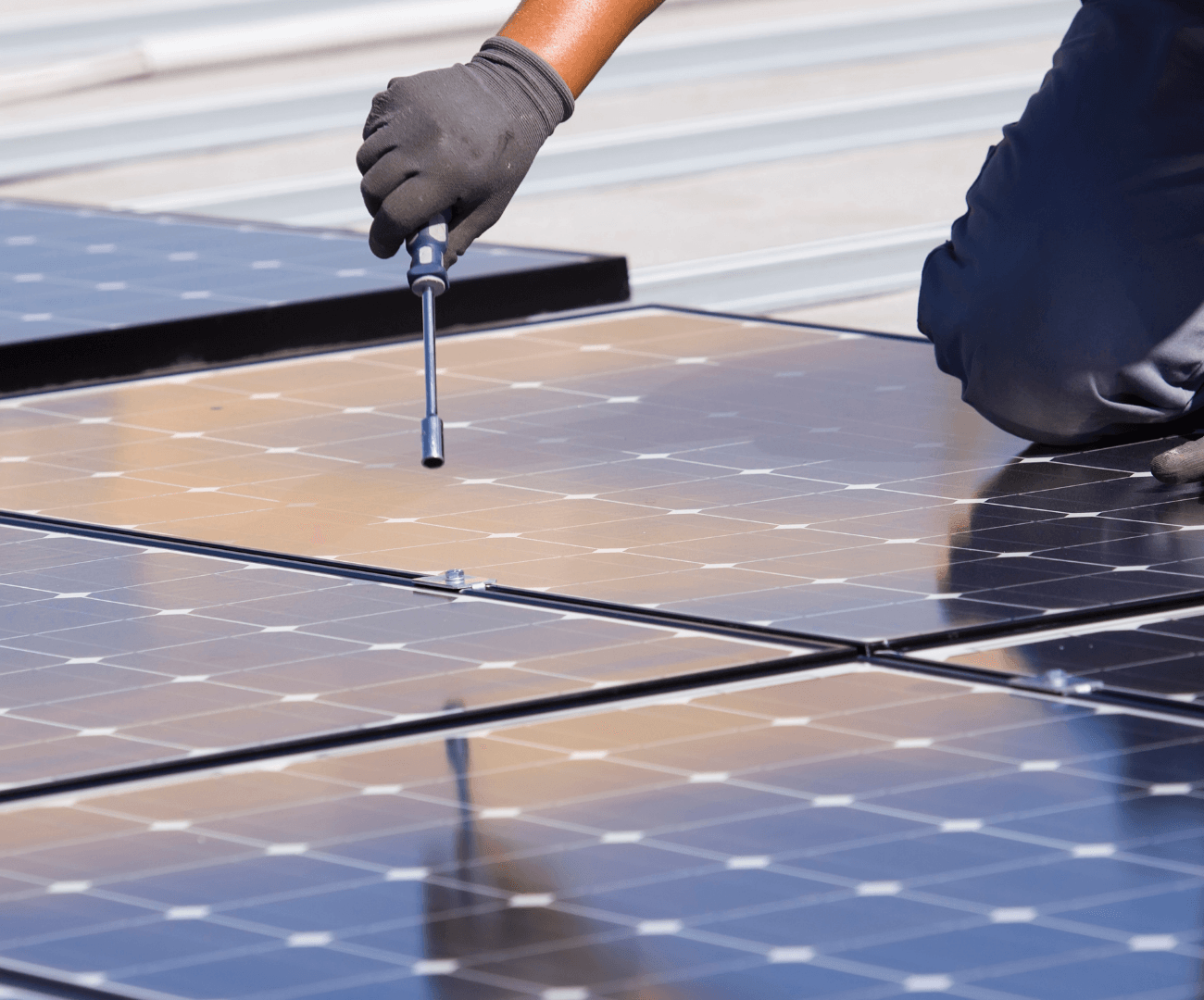DC Optimizer Vs Micro Inverters
DC Optimizer Vs Micro Inverters
Comparing inverters with power optimizers vs. microinverters
Inverters are one of the key components of all solar panel systems. Sunlight is converted into electricity by solar panels, while inverters make sure that the electricity that is produced can be used in your business or home.
There are three main inverter setups: microinverters, inverters + power optimizers, and string inverters. The original and oldest technology is string inverters. They are a cost-effective, durable, and proven option that has been installed all over the world for decades. That said, power optimizers and microinverters are newer (although not brand new) technologies. Over the past decade, they have increased in popularity, particularly in residential markets. We will be focusing specifically in this article on the microinverter's capabilities and compared them to the capabilities that come when power optimizers are added to string inverters.
Power optimizers vs. microinverters: contrast and compare
Power optimizers and microinverters are comparable technologies. In fact, they are so comparable that they are described by some companies as being interchangeable (however we would never do this!). Collectively they are both called MLPEs or Module-Level Power Electronics. However, these setups have some important differences that could make them less or more suitable for your specific installation.
Similarities between power optimizers and microinverters
Let's begin with the similarities that exist between power optimizers and microinverters:
Power optimizers and microinverters help to improve the performance of solar panels on complex roofs, or on roofs that receive marginal shading throughout the day.
Power optimizers and microinverters are both able to monitor an individual solar panel's performance. That means that an assessment can be made on the number of kilowatt-hours (kWh) are produced by one solar panel in the array versus another one.
Solar companies typically install one MLPE (i.e. power optimizer or microinverter) on the backs of each of the solar panels. Therefore, if there are 20 solar panels in your system, that usually means it will have 20 power optimizers or 20 microinverters.
Top 4 differences between power optimizers vs. microinverters
Although many of the same benefits are provided by power optimizers and microinverters, there are also many differences between the two technologies. Below we will be exploring some of these in greater detail:
1. Where direct current (DC) is converted into alternating current (AC)
DC energy is converted into AC energy by Microinverters at the panel site. On the other hand, power optimizers are located in the back of solar panels but do not convert electricity themselves. Instead, the DC energy is "conditioned" by an optimizer and then sent over to a central inverter where the conversion process is completed. The DC energy voltage is fixed by the conditioning process so the centralized inverter can convert it more efficiently into AC energy.
2. Warranty
A 25-year warranty comes with both power optimizers and microinverters. However, although optimizers may come with a 25 warranty, the centralized inverters they are paired with might have shorter warranties. An extended warranty is often extended by installers on central inverters, either for an extra cost or as part of the package deal.
It is also important to look closely at the company's warranty terms to see what is and is not included. Are replacement and shipping of parts, labor, and installation covered by the company? What is their claim process like to get a warranty processed? These are all important things to consider when selecting the kind of inverter to have installed on your property.
3. Maintenance
You also need to consider over the lifetime of power optimizer and microinverter systems the number of times they will fail in addition to the impact that an unlikely failure will have on your solar panel system's production. If an individual inverter does fail, most likely it will cost more money to replace a power optimizer or microinverter that is on the roof compared to replacing a string inverter at ground level on a wall, considering the labor that is needed to access your roof and work on it.
However, this is just part of the overall calculation of lifetime maintenance expenses. The best microinverters come with 25-year warranties, whereas string inverters often only come with 12-year warranties. This implies that your inverter might need to be replaced halfway through your solar panels' lifespan.
4. Battery options
Power optimizers and microinverters both are compatible with battery storage. However, you might have to use a specific kind of inverter depending on whether you would like to have an AC or DC coupled battery solution. If battery storage is something you are considering, you should speak to your electrician or installer about which inverters will work the best with the battery you have selected.
Power optimizers vs. microinverters: how to choose the best option for your system
Power optimizer and microinverter systems both help to maximize the production of energy on complicated or slightly shaded roofs, are good at monitoring the performance of individual panels, and also have similar efficiencies. Ultimately your preferences will determine which is the best option for your house.
It is important to remember that there are other options available besides optimizers and microinverters. String inverters are the best option if your roof faces the south with little shade and you are searching for the most economical solution.
